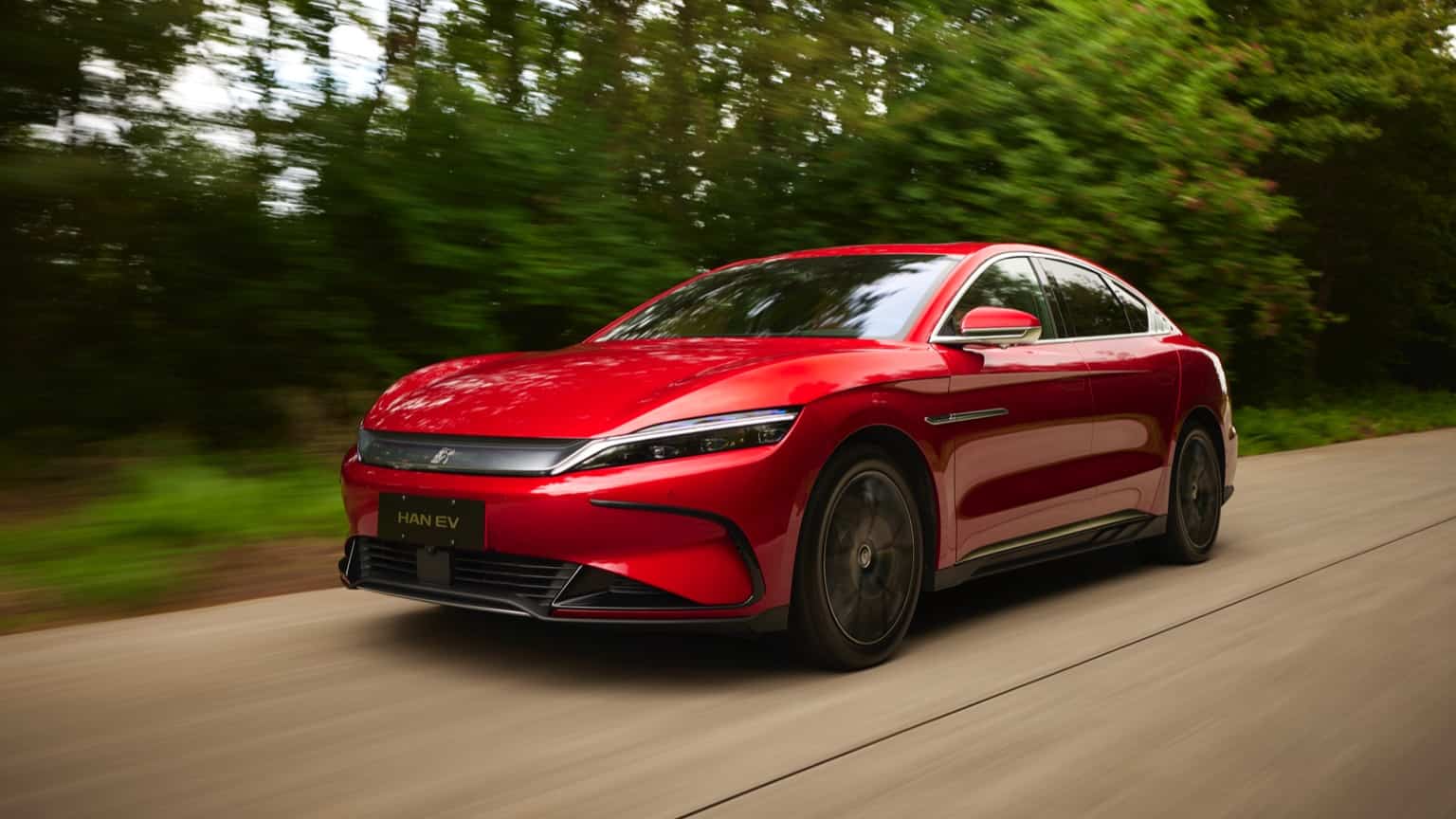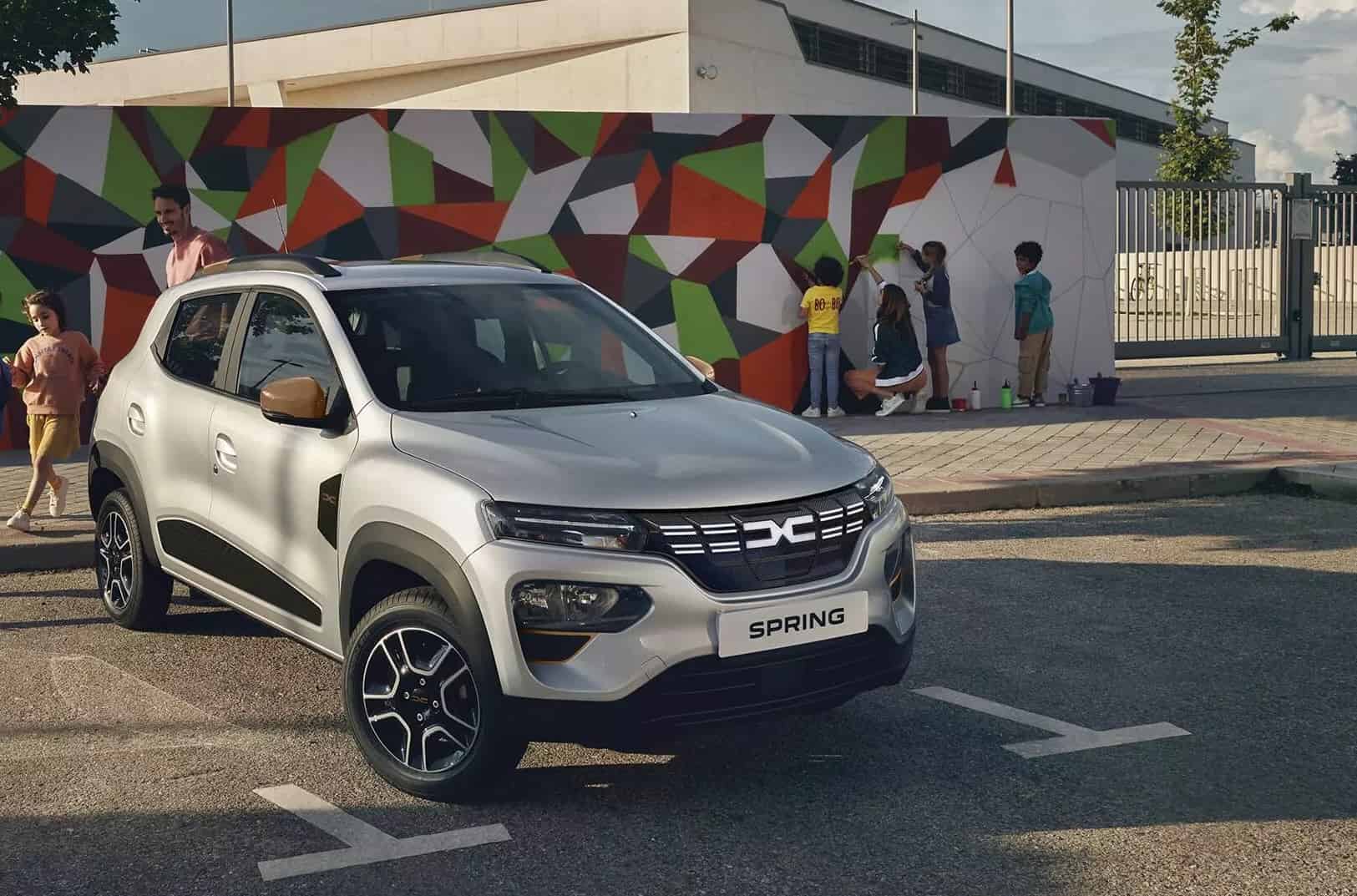
Europe is trembling at the prospect of the Chinese car invasion. More precisely, from the cheap electric cars that have already reached price levels in China far below comparable combustion engines in Europe.
For the equivalent of 15,000 to 20,000 euros, you can buy Chinese mid-range electric cars packed with digital gimmicks and generous battery capacities.
Only isolated successes so far
Nevertheless, Chinese car manufacturers are having a hard time in Europe, especially in Germany. Although ostensibly European brands such as Volvo and Polestar have been able to position themselves very well, the technology and production (largely) take place in China. The best example is the Volvo EX30, which is extremely successful in Norway.
The major Chinese brand BYD, on the other hand, is struggling. Even premium brands such as Zeekr (Geely), NIO and XPeng are currently only running with token editions. Only MG ROEWE is enjoying great success. With the MG4, the company has virtually created the electric Golf of the 2020s – much to the chagrin of the VW brand. The upcoming MG Cyberster, the first affordable electric roadster, will also cause a sensation in the premium segment.
The other side of the coin
The newcomer XIAOMI stood out at the Beijing Auto Show. The smartphone manufacturer’s stand, which has now also entered the electric car business, was literally besieged. The electric car presented in December 2023, reminiscent of a Porsche Taycan, is currently in high demand in China.
Car pope Duddenhöffer tirelessly warns of Chinese car companies’ speed. It usually takes less than 12 months from the presentation of the first study to series production. No European or American manufacturer seems to be able to keep up with this pace, and the Germans certainly can’t.
And that’s a good thing!
Excuse me? Have I forgotten my constant warnings about the dynamism of Chinese car manufacturers? Of course not. But let’s take Xiaomi’s SU7 for example.
The electric car costs a fraction of the Porsche Taycan, and the performance version (equivalent to 40,000 euros) is supposed to accelerate from 0 to 100 even faster than its role model. The Chinese car is said to take just 2.78 seconds and reach a top speed of 265 km/h. According to a YouTube report by the China Observer, this should be avoided at all costs. Apparently, there are (among many other problems) difficulties with the brakes, AEB (Automatic Emergency Brake), and infotainment.
This is all the more piquant as Xiaomi, as the third largest smartphone manufacturer, should actually have developed full expertise, at least on the digital side.
In addition, the manufacturer relies on Qualcomm and NVIDIA chips from the USA for ADAS and autonomous capabilities.
Developed too quickly?
Doubts are already arising. Xiaomi has not duped the traditional OEMs after all, as many of the problems in the YouTube report are due to a lack of experience and short testing times.
And suddenly, headlines from German publications such as Golem “The technology of a Porsche Taycan for the price of a VW ID.3” sound rather out of place.
So can Europeans sit back and relax?
Not at all. The classic OEMs’ expertise lies in their vehicles’ safety and stability. Exceptions prove the rule – just think of the moose test of the first Mercedes-Benz A-Class. Safety takes time, and time is money.
Nevertheless, the Europeans must also become “faster” and better anticipate where the puck will skate in the future, to use a parable of the great and unforgotten Steve Jobs.
So that the Chinese “danger” becomes (literally) healthy competition again.








